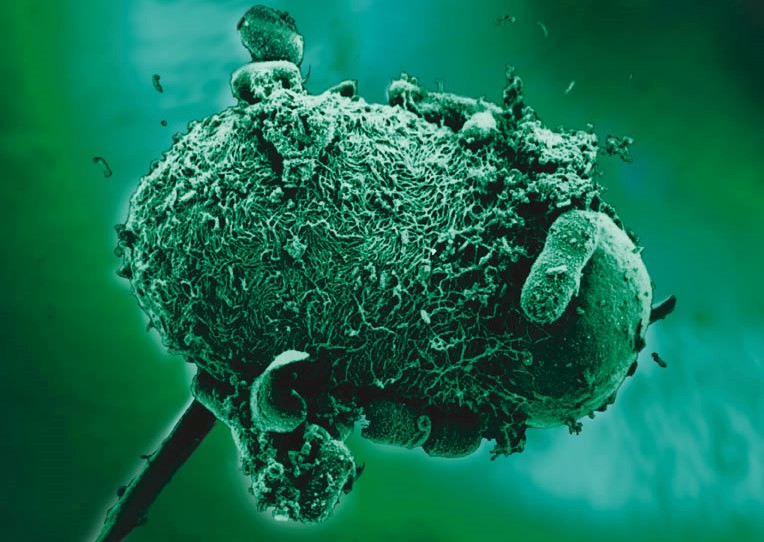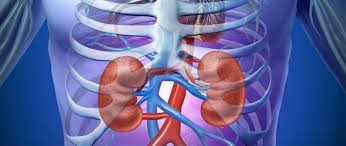
Improve detection of harmful microscopic parasites in water
Engineers have identified a new simpler method to detect tiny microbes in water which cause significant health risks and potentially even death.
Cryptosporidium is a microscopic parasite that can cause serious gastrointestinal disorders, and is especially widespread in locations where water sources may be contaminated by, both wild and domestic animals.
The new technology also has the potential to be developed further to improve detection of other bacteria and viruses, including possible identification of COVID-19 in wastewater samples.
Until now, detecting Cryptosporidium most commonly requires the use of expensive laboratory equipment, specialized microscopes and skilled training to identify the microbe in a water sample.
The new method proposed is cheaper, easier to carry out and requires little or no special training to administer and analyse the results.
The system sees CRISPR technology can detect specific proteins on the surface of the Cryptosporidium microbe (known as an oocyst) and then bind onto it.
When a fluorescent agent is added to the reaction mixture, which is then combined with water samples, the result is a clear signal which can be detected by a standard plate reader.
The system gives results for Cryptosporidium in just two-and-a-half hours at a maximum sensitivity down to a single Cryptosporidium oocyst per millilitre, and can be easily applied at the site where water samples are being taken.
 English
English Arabic
Arabic


